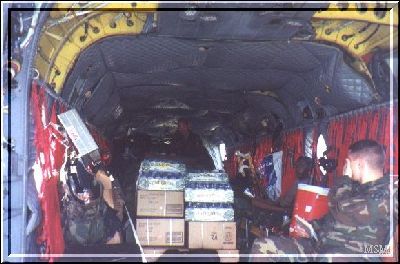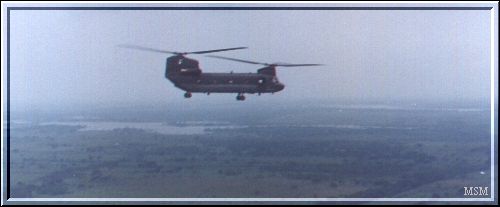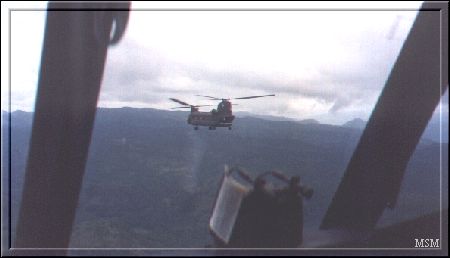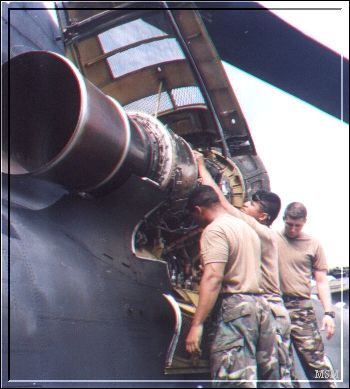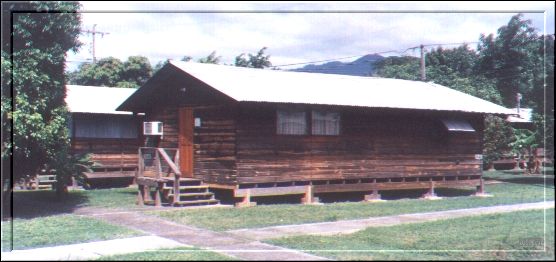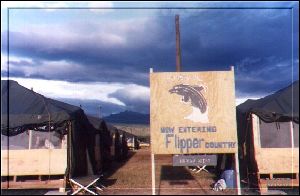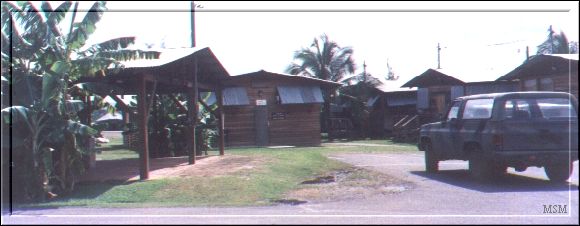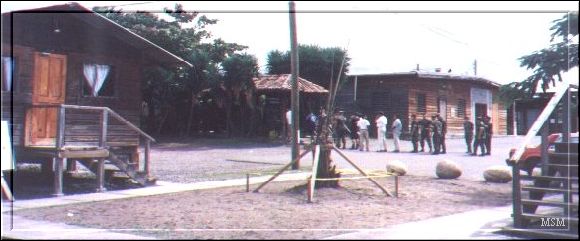|
With aircraft 85-24337 chock full of supplies and the support personnel aboard, the crew fired up this Chinook and headed off for the distant land of Honduras. There were many hungry, homeless people far away who desperately awaited the relief supplies that the Flippers would bring. |
